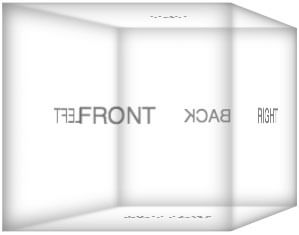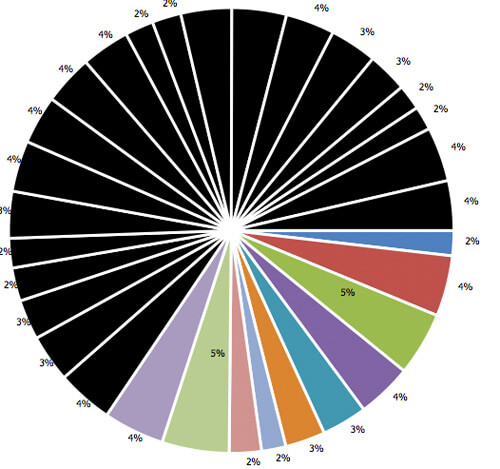CSS prefers-reduced-motion Media Query
When I started in the web development industry, media queries were limited -- screen and print were the two media queries I was most often using. More than a decade later, media queries have advanced to various screen units, feature checking, and even color scheme preference. I've been so happy to see CSS evolve beyond incredibly generic settings.
One of the CSS media queries I've recently discovered is prefers-reduced-motion, a media query for users sensitive to excessive motion.
Let's use prefers-reduced-motion to show motion to all users but none to sensitive users:
.animation {
animation: vibrate 0.2s;
}
@media (prefers-reduced-motion: reduce) {
.animation {
animation: none;
}
}
The example above illustrates how we can cater to sensitive users by not animating elements for those who have said they don't want them.
It's amazing how media queries like this can really show users that you care. Sure, we love the fancy razzle-dazzle but not everyone can handle that motion.
![Facebook Open Graph META Tags]()
It's no secret that Facebook has become a major traffic driver for all types of websites. Nowadays even large corporations steer consumers toward their Facebook pages instead of the corporate websites directly. And of course there are Facebook "Like" and "Recommend" widgets on every website. One...
![Create a CSS Cube]()
CSS cubes really showcase what CSS has become over the years, evolving from simple color and dimension directives to a language capable of creating deep, creative visuals. Add animation and you've got something really neat. Unfortunately each CSS cube tutorial I've read is a bit...
![Dynamically Create Charts Using MooTools MilkChart and Google Analytics]()
The prospect of creating graphics charts with JavaScript is exciting. It's also the perfect use of JavaScript -- creating non-essential features with unobtrusive scripting. I've created a mix of PHP (the Analytics class), HTML, and MooTools JavaScript that will connect to Google Analytics...
![Drag and Drop MooTools File Uploads]()
Honesty hour confession: file uploading within the web browser sucks. It just does. Like the ugly SELECT element, the file input is almost unstylable and looks different on different platforms. Add to those criticism the fact that we're all used to drag and drop operations...





Hey David!
As someone that has suffered vestibular disorders before, prefers-reduced-motion is a godsend.
A somewhat better, broader implementation is using the a really short
animation-durationinstead ofanimation: none, as it’s fairly common to implement animations in such a way that starts off screen or otherwise invisible, which could mean the elements don’t show up at all if usinganimation: none. Iteration count will prevent us from getting infinite loops.Same thing can be achieved for transitions.
@media screen and (prefers-reduced-motion: reduce){ * { animation-duration: 0.001ms !important; animation-iteration-count: 1 !important; transition-duration: 0.001ms !important; } }